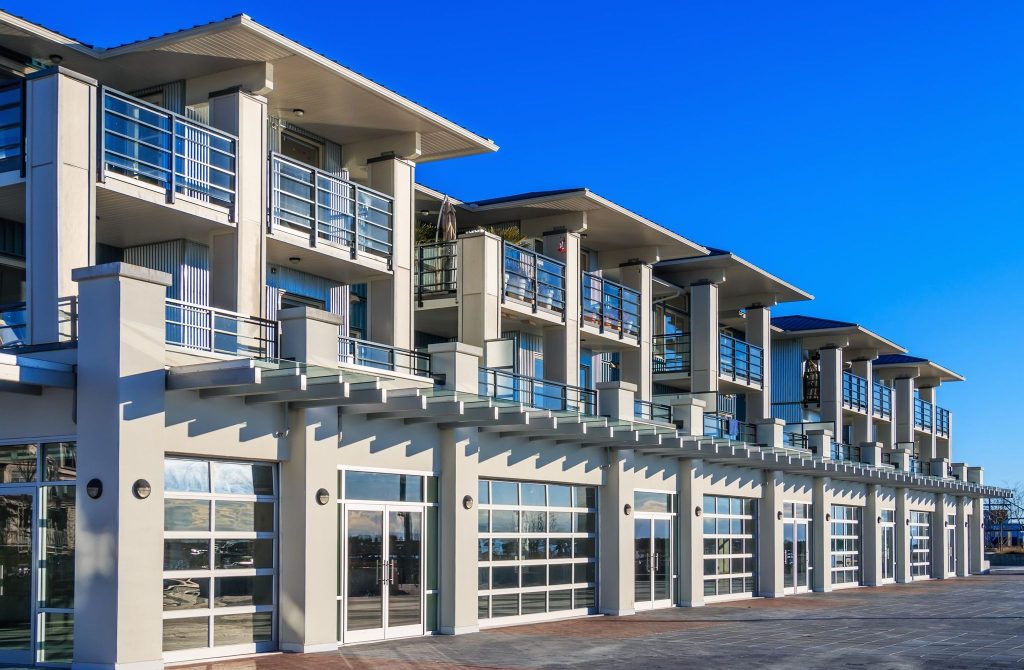If you’re looking to take your business to the next level and manage your blocks more efficiently in London, then you’ll want to read this post! In it, we’ll outline what London Block Management is, tell you about some of the benefits it can offer your company, and provide a step-by-step guide on how to get started. So don’t wait any longer – start managing your London blocks today!
What is London Block Management?
London is one of the most densely populated cities in the world, with over 8 million inhabitants. This high population density and the lack of space has created a unique block management challenge for London.
The traditional way to manage blocks in a city like London is to have individual property owners manage their properties directly. This model is not feasible in a city with such a high population density, as it would be impossible to keep track of all the properties and ensure that they are being used appropriately.
Instead, London uses a block management system. A block management system allows for more centralized control over the use of blocks, and it also facilitates communication between property owners and the city government.
In order to use a block management system in London, property owners must first agree to participate. Once they have agreed to participate, the city government will create Blockscapes – maps that show all of the blocks in the city, along with information about each block (such as its size and zoning).
Each block on Blockscapes belongs to one or more property owners. The property owner who owns the block will then be responsible for managing it according to the regulations set forth by Blockscapes. In addition to managing their own blocks, each property owner will also be responsible for communicating with other property owners about changes that may affect their blocks (for example, if there is construction happening near their block).
Benefits of London Block Management
If you are looking to manage your business’ blocks in London, then you should know about the benefits of using a London block management service. These services can help you keep track of your blocks, keep them organized, and make sure that they are being used effectively. They can also help you avoid potential fines from the city. Block Management London
One of the most important benefits of using a London block management service is that it can help you keep track of your blocks. This means that you will know exactly what is on each block and where it is located. This can be important if you want to use a block for commercial purposes or if you need to ensure that it is being used correctly.
Another benefit of using a London block management service is that it can help you keep your blocks organized. This means that you will be able to find what you are looking for quickly and easily. It can also mean that your blocks will be more effective when it comes to marketing and advertising.
Finally, using a London block management service can help avoid potential fines from the city. This is because these services can help You keep track of which blocks are being used and which ones are not being used as intended. If there are any issues withblocks, then the service can help resolve them quickly and without any hassle
How Does London Block Management Work?
London Block Management (LBM) is a system used to manage the flow of vehicular and pedestrian traffic in the city. The LBM is made up of a number of different blocks, each of which handles a certain type of traffic. The blocks are arranged in a grid pattern and are divided into zones.
The LBM is divided into five main blocks: North, East, South, West and Central. Each block has its own zone and controls the flow of traffic within that zone. Traffic lights at intersections control the flow of traffic through the zones.
There are also special block closures called ‘zones of particular concern.’ These closures restrict or prohibit the movement of vehicles in specific areas due to safety or congestion concerns.
What Are The Various Types of Blocks in London?
There are a variety of different types of blocks in London, each with its own benefits and drawbacks. Here are the most common types:
- The Flat Block
The flat block is the most common type of block in London, and it’s perfect for small apartments or single rooms. This type of block usually has one bedroom and one bathroom, but it can also have two bedrooms and two bathrooms.
One downside to the flat block is that it doesn’t offer a lot of space. Most flats in London are around 400 square feet, which isn’t very big compared to other cities. Additionally, flat blocks can be quite noisy because they’re close to busy streets.
- The Duplex Block
A duplex block is a type of block that combines the features of a flat block and a split-level apartment building. This type of block usually has two bedrooms and two bathrooms, but it can also have four bedrooms and four bathrooms.
The advantage to a duplex block is that it offers more space than a flat block does. Duplex blocks usually measure around 700 square feet, which is about twice as much space as a flat block does. Additionally, duplex blocks tend to be quieter than flat blocks because they’re located on the second floor instead of the first floor.

